ISO/IEC 14765-1997 信息技術(shù) 協(xié)議標(biāo)識(shí)和封裝的框架
作者:百檢網(wǎng) 時(shí)間:2021-08-05
中文標(biāo)準(zhǔn)名稱:信息技術(shù) 協(xié)議標(biāo)識(shí)和封裝的框架
英文標(biāo)準(zhǔn)名稱:Information technology - Framework for protocol identification and encapsulation
標(biāo)準(zhǔn)類型:M11
發(fā)布日期:1999/12/31 12:00:00
實(shí)施日期:1999/12/31 12:00:00
中國(guó)標(biāo)準(zhǔn)分類號(hào):M11
國(guó)際標(biāo)準(zhǔn)分類號(hào):35.100.01
適用范圍:In a layered approach to protocol architecture, protocols have a relationship to one another such that a protocol at layer (n) uses the services of the layer below it - the (n - 1) services - which, in turn, are provided by a layer (n - 1) protocol. One of the services used by a layer (n) protocol is the encapsulation of its (n) Protocol Data Units (PDUs) in a way which is transparent to it. Such encapsulation is realized by the carriage of the (n) PDUs as user data in an (n - 1) Service Data Unit (SDU). In a limited case, the operation of a particular protocol at layer (n - 1) implies the operation, above layer (n - 1), of a single layer (n) protocol or single set of related (n) / (n + 1)... protocols. However, in a more general case, there may be more than one protocol (or set of related protocols starting) at layer (n) that can operate above layer (n - 1) in a given environment. In such cases, there is a need for explicit identification of the protocol (or set of protocols starting) at layer (n). There also may be a need to manipulate the (n - 1) protocol (i.e. the encapsulating protocol) in certain ways specific to the layer (n) protocol (i.e. the encapsulated protocol). Such manipulations form the basis of a set of procedures that must be specified for the layer (n) protocol. The above observations regarding protocol identification and encapsulation are also applicable in cases where an (n) layer is further divided into sublayers. Cases in which an (n) protocol operates for the purpose of establishing a parallel universe of protocols (regardless of the layered structure of that universe) also give rise to a need for the (n) protocol to be able to identify the protocol(s) in the parallel universe. In these cases, however, there is no encapsulating/encapsulated relationship between the (n) protocol and the parallel universe set of protocols. The above principles lead to a need to establish a framework for protocol identification and encapsulation. These principles apply to the relationship between two protocols (recognizing that one of them may be a set of related protocols) and can be applied recursively. This Recommendation | International Standard provides a framework for explicit protocol identification and for protocol encapsulation. Implicit protocol identification (see 4.2) is beyond the scope of this Recommendation | International Standard.
相關(guān)標(biāo)準(zhǔn)
《GB/T 17618-2015, CISPR 24:2010》信息技術(shù)設(shè)備 抗擾度限值和測(cè)量方法 GB/T 17618-2015, CISPR 24:2010 4.2.4
《GB/T 17618-2015, CISPR 24:2010》信息技術(shù)設(shè)備 抗擾度限值和測(cè)量方法 GB/T 17618-2015, CISPR 24:2010 4.2.5
《GB/T 17618-2015, CISPR 24:2010》信息技術(shù)設(shè)備 抗擾度限值和測(cè)量方法 GB/T 17618-2015, CISPR 24:2010 4.2.6
《GB/T 9254- 2008, CISPR 22:2008》信息技術(shù)設(shè)備的無線電騷擾限值和測(cè)量方法 GB/T 9254- 2008, CISPR 22:2008 6
《GB/T 17618-2015, CISPR 24:2010》信息技術(shù)設(shè)備 抗擾度限值和測(cè)量方法 GB/T 17618-2015, CISPR 24:2010 4.2.3.3
《GB/T 17618-2015, CISPR 24:2010》信息技術(shù)設(shè)備 抗擾度限值和測(cè)量方法 GB/T 17618-2015, CISPR 24:2010 4.2.3
《GB/T 17540-2017》臺(tái)式激光打印機(jī)通用規(guī)范 GB/T 17540-2017 5.4
《GB/T 17540-2017》臺(tái)式激光打印機(jī)通用規(guī)范 GB/T 17540-2017 5.8
《JJF 1261.17-2017》復(fù)印機(jī)、打印機(jī)和傳真機(jī)能源效率計(jì)量檢測(cè)規(guī)則 JJF 1261.17-2017 7.2.3.1,7.2.3.2
百檢能給您帶來哪些改變?
1、檢測(cè)行業(yè)全覆蓋,滿足不同的檢測(cè);
2、實(shí)驗(yàn)室全覆蓋,就近分配本地化檢測(cè);
3、工程師一對(duì)一服務(wù),讓檢測(cè)更精準(zhǔn);
4、免費(fèi)初檢,初檢不收取檢測(cè)費(fèi)用;
5、自助下單 快遞免費(fèi)上門取樣;
6、周期短,費(fèi)用低,服務(wù)周到;
7、擁有CMA、CNAS、CAL等權(quán)威資質(zhì);
8、檢測(cè)報(bào)告權(quán)威有效、中國(guó)通用;
客戶案例展示
相關(guān)商品
相關(guān)資訊

最新資訊
版權(quán)與免責(zé)聲明
①本網(wǎng)注名來源于“互聯(lián)網(wǎng)”的所有作品,版權(quán)歸原作者或者來源機(jī)構(gòu)所有,如果有涉及作品內(nèi)容、版權(quán)等問題,請(qǐng)?jiān)谧髌钒l(fā)表之日起一個(gè)月內(nèi)與本網(wǎng)聯(lián)系,聯(lián)系郵箱service@baijiantest.com,否則視為默認(rèn)百檢網(wǎng)有權(quán)進(jìn)行轉(zhuǎn)載。
②本網(wǎng)注名來源于“百檢網(wǎng)”的所有作品,版權(quán)歸百檢網(wǎng)所有,未經(jīng)本網(wǎng)授權(quán)不得轉(zhuǎn)載、摘編或利用其它方式使用。想要轉(zhuǎn)載本網(wǎng)作品,請(qǐng)聯(lián)系:service@baijiantest.com。已獲本網(wǎng)授權(quán)的作品,應(yīng)在授權(quán)范圍內(nèi)使用,并注明"來源:百檢網(wǎng)"。違者本網(wǎng)將追究相關(guān)法律責(zé)任。
③本網(wǎng)所載作品僅代表作者獨(dú)立觀點(diǎn),不代表百檢立場(chǎng),用戶需作出獨(dú)立判斷,如有異議或投訴,請(qǐng)聯(lián)系service@baijiantest.com



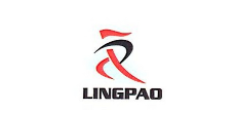
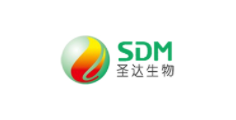

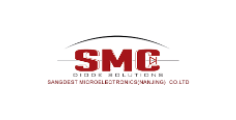
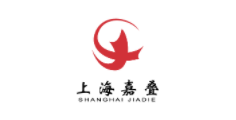
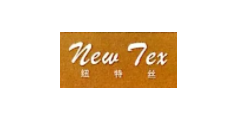

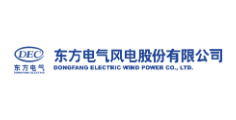
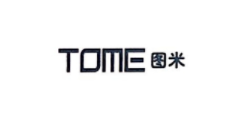
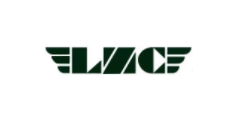
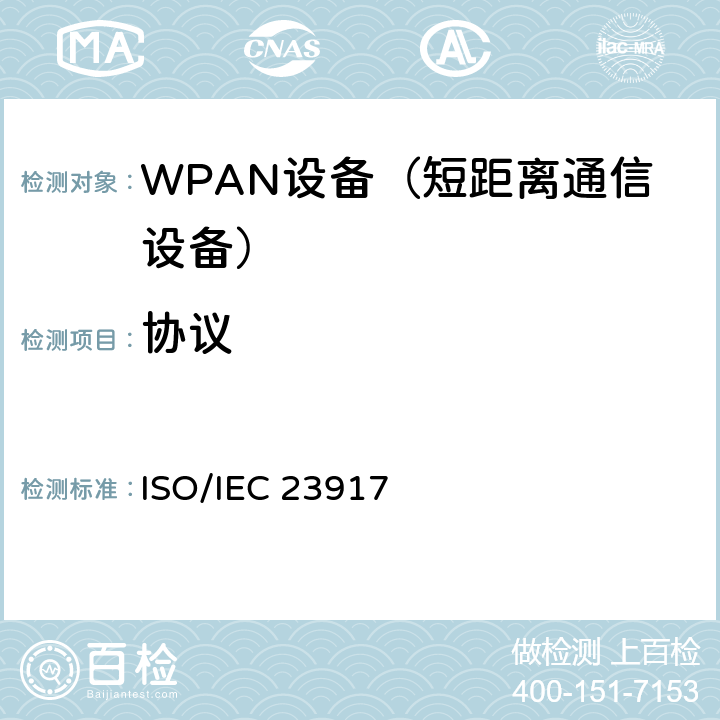
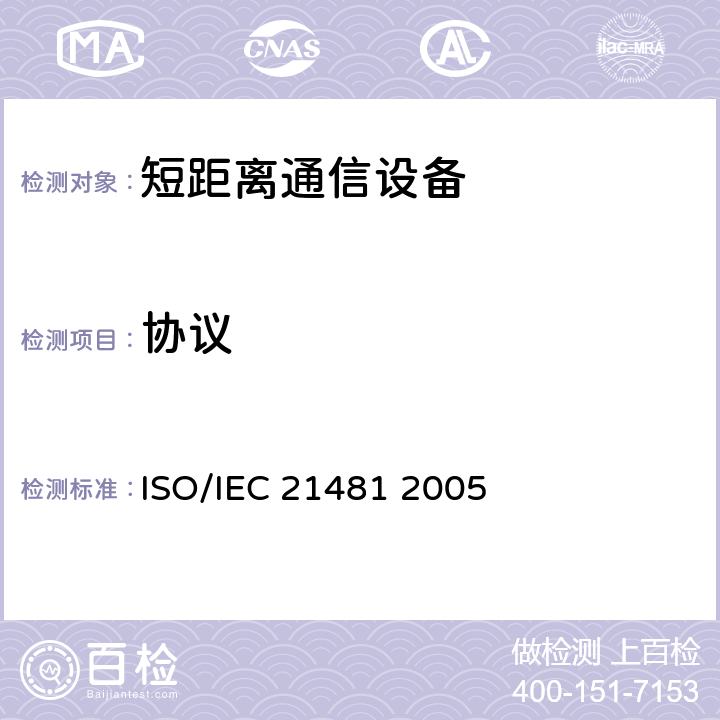

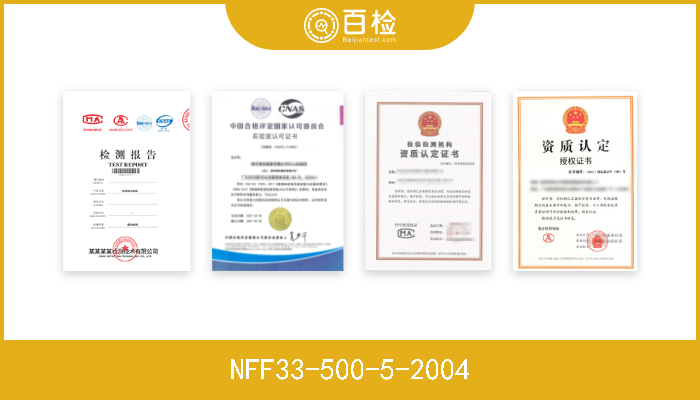

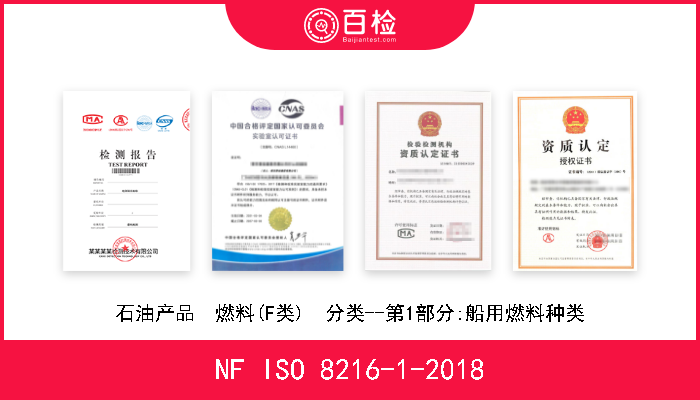

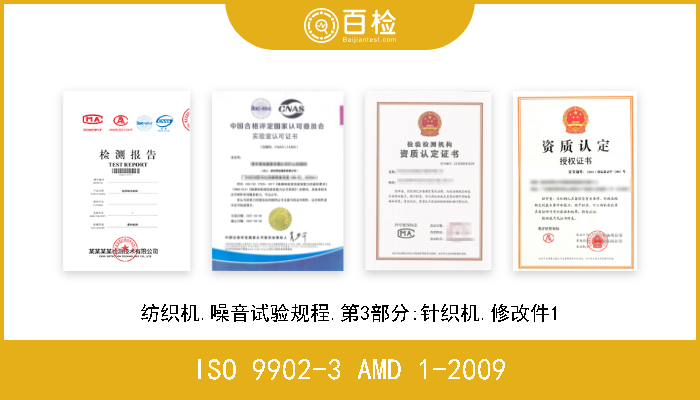
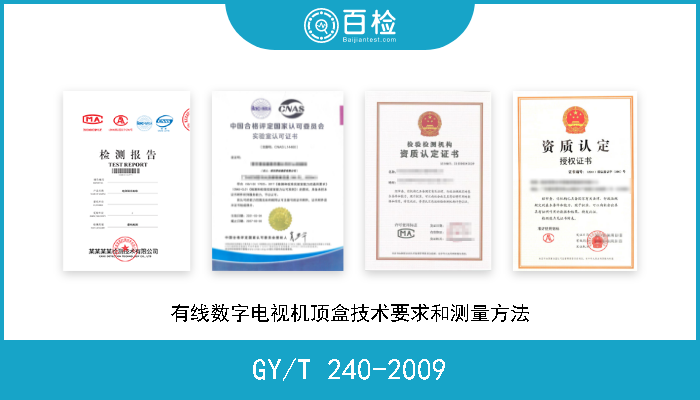
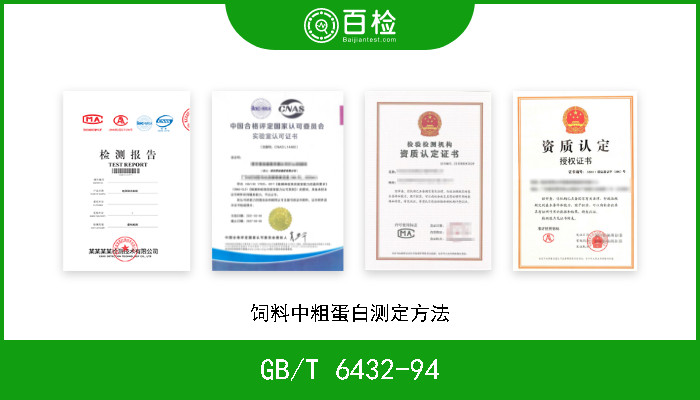

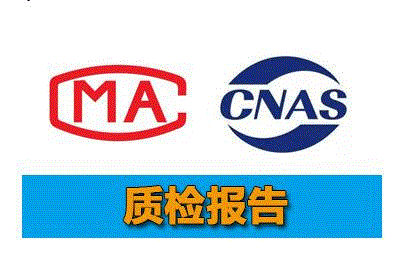
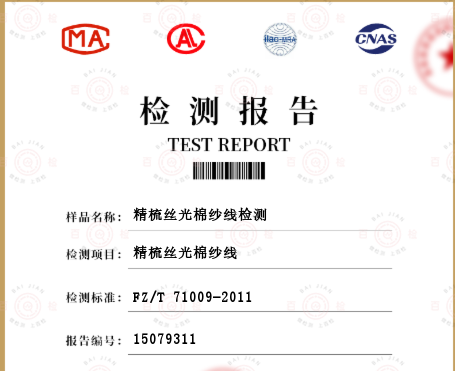



 400-101-7153
400-101-7153 15201733840
15201733840

